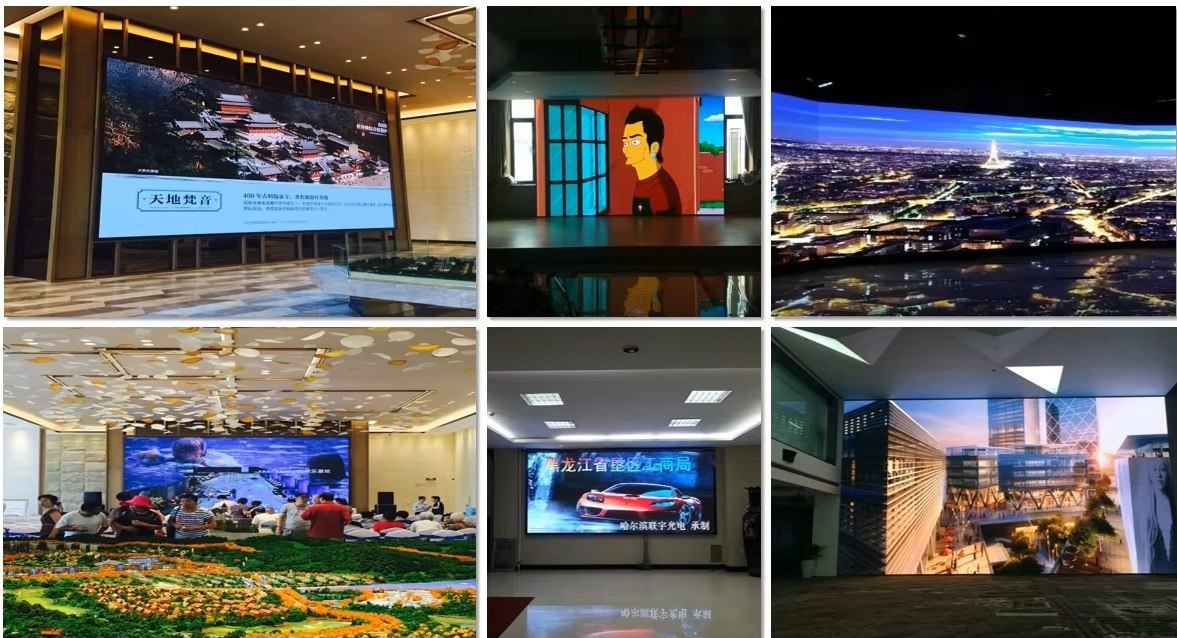Previously, the brightness issue of full-color LED displays became a controversial topic, with excessive brightness being the most frequently reported problem by pedestrians and drivers.
The brightness issue of full-color LED display screens directly threatens the personal safety of drivers and pedestrians. The excessively high brightness of LED full-color display screens makes pedestrians feel uncomfortable and pricks the driver’s eyes, affecting safe driving. How can we solve this problem?

We can start analyzing the brightness of full-color LED displays directly. The following solution can solve the problem of high brightness in full-color LED displays by readjusting the brightness and color of the full-color LED display.
1、 Adjust brightness
1. By changing the current flowing through the LED, ordinary LED tubes allow a continuous task current of around 20mA. Except for the saturation phenomenon of red LED, the brightness of other LEDs is basically proportional to the current flowing through them.
2. Pulse width modulation (PWM) uses the frequency of changes that can be perceived by the human eye to achieve grayscale control, which means periodically changing the width of the light pulse (i.e. duty cycle). As long as the repeated lighting period is short enough (i.e. the refresh frequency is high enough), the human eye cannot feel the emitting pixels trembling. Due to its suitability for digital control, pulse width modulation has been widely utilized. The common method is to use a microcomputer to provide LED display mode. Currently, almost all LED screens use pulse width modulation to control the grayscale level.
2、 Color adjustment
Full color LED display products adjust the color of the entire screen based on the brightness of red, green, and blue LED lights. We determine which color to use as the reference based on the brightness ratio of the selected product’s red, green, and blue colors. Generally, we use the color with the lower brightness ratio as the brightness reference. When one of the reference colors has reached its maximum brightness, we adjust the other color (dual color) or two colors (full-color). When the display screen is dual color, in most cases, the operating current of the red diode is adjusted based on green as the reference. Generally, the working current is reduced to balance the color yellow as the adjustment standard, which requires reducing the brightness of the entire display screen. Adjusting the color of the display screen to the optimal balance state will reduce the brightness of the screen. If the display screen reaches maximum brightness for each color in order to meet the brightness requirements, it will lose color balance, for example, the yellow color of a two-color screen tends to be reddish or greenish.
I hope that more LED stage screen companies can control the brightness within a range that protects the human eye when designing and producing LED display products in the future, so that LED screens can develop better, healthier, and faster.